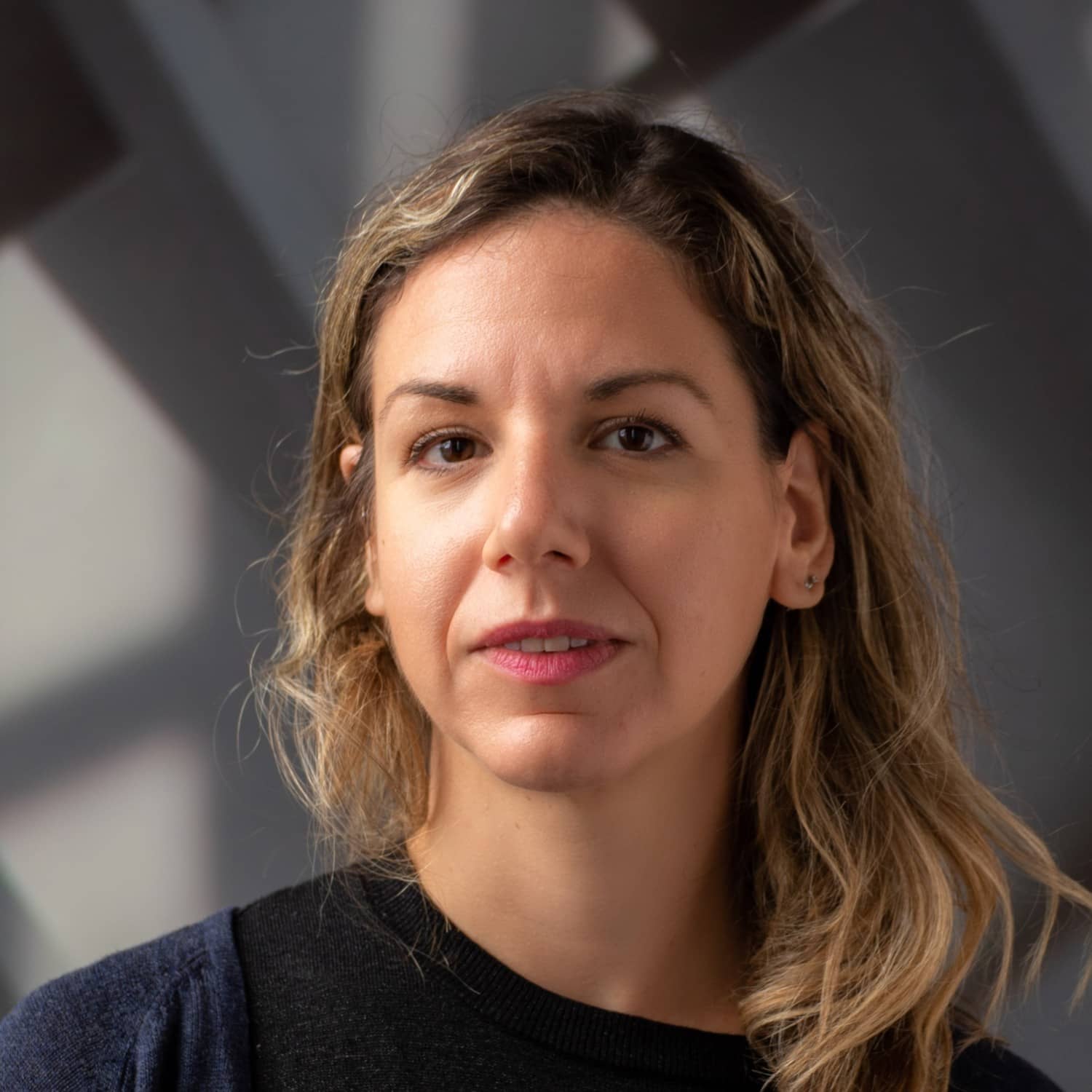Scales to Aspects Interdisciplinary Encounters
Understanding the Intricate Nature of Circular Building Components
In the ‘Scales to Aspects’ model, components are featured in between materials and buildings. In this video, Thaleia discusses what a circular building component is and how it is possible to benchmark circularity principles for components.
Main Takeways
- Buildings are fabricated by standardized materials, components and assemblies. The components scale is that situated between the material and the building scales.
- Components are not monolithic and therefore, in order to understand and plan around their circular potential, a careful examination of all their elements is required. Making a component more circular means thinking all aspects of design, economy, stakeholders, technology, resource flows and management.
- To optimize the circular performance of components we can use: [a] Key Performance Indicators (KPIs), [b] Life-Cycle Analysis (LCA), [c] the Level(s) framework, and [d] the R strategies heuristic framework.
Further Reading
- Dodd, N., Donatello, S., & Cordella, M. (2020). Level(s) – A common EU framework of core sustainability indicators for office and residential buildings. JRC Scientific and Technical Reports, Issue. Office for Official Publications of the European Commission. Report available here.
- Giovanardi, M., Konstantinou, T., Pollo, R., & Klein, T. (2022). Internet of Things for building façade traceability: A theoretical framework to enable circular economy through life-cycle information flows. Journal of Cleaner Production. https://doi.org/10.1016/j.jclepro.2022.135261
- Zabek, M., Konstantinou, T., & Klein, T. (2023). D2.3. Sustainable requirements (Version 01). Zenodo. https://doi.org/10.5281/zenodo.8239083
Please see also:
- AEGIR: Developing modular, renewable & industrialized building envelopes for low energy renovation. Project website: https://aegirproject.eu. AEGIR on the TU Delft website: https://www.tudelft.nl/bk/onderzoek/projecten/aegir
